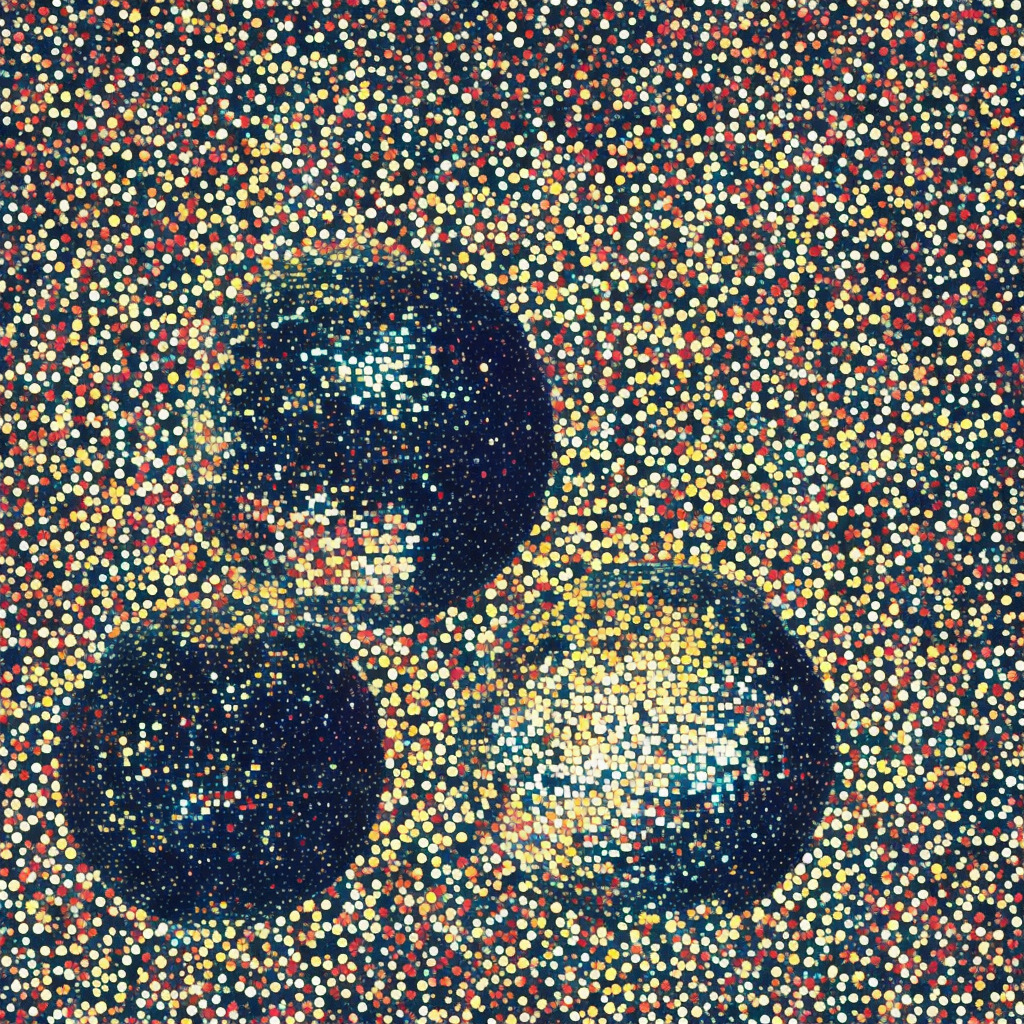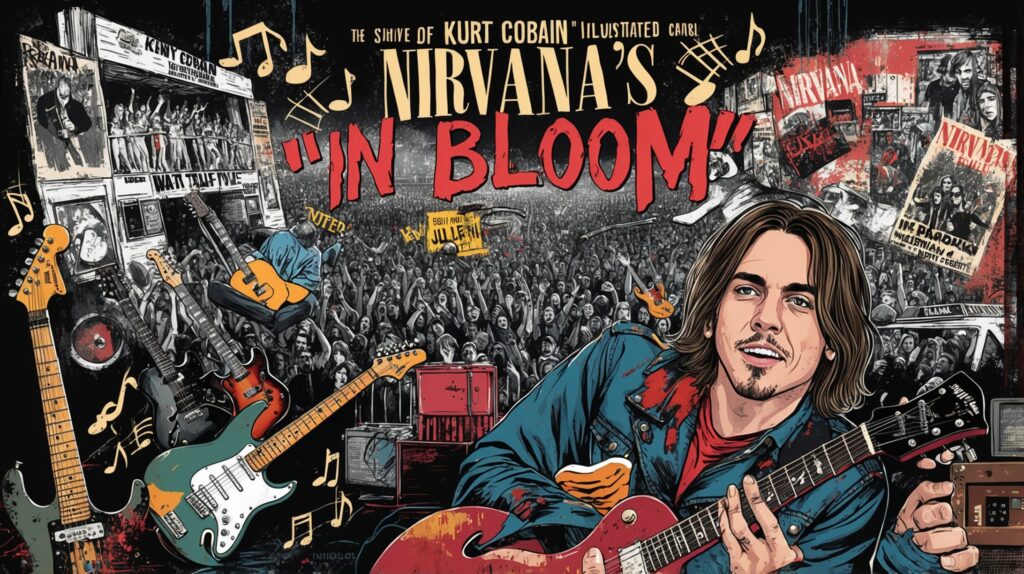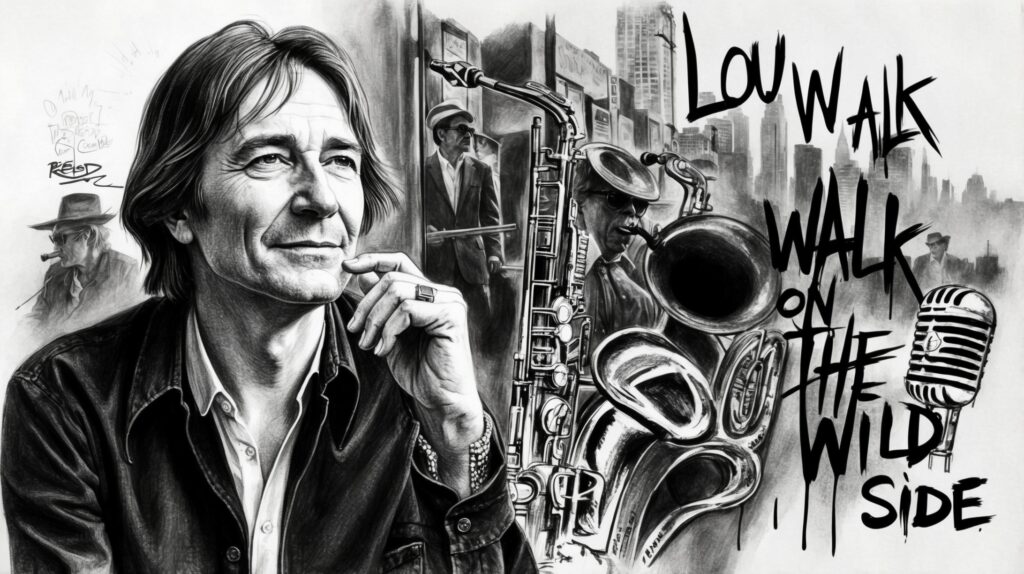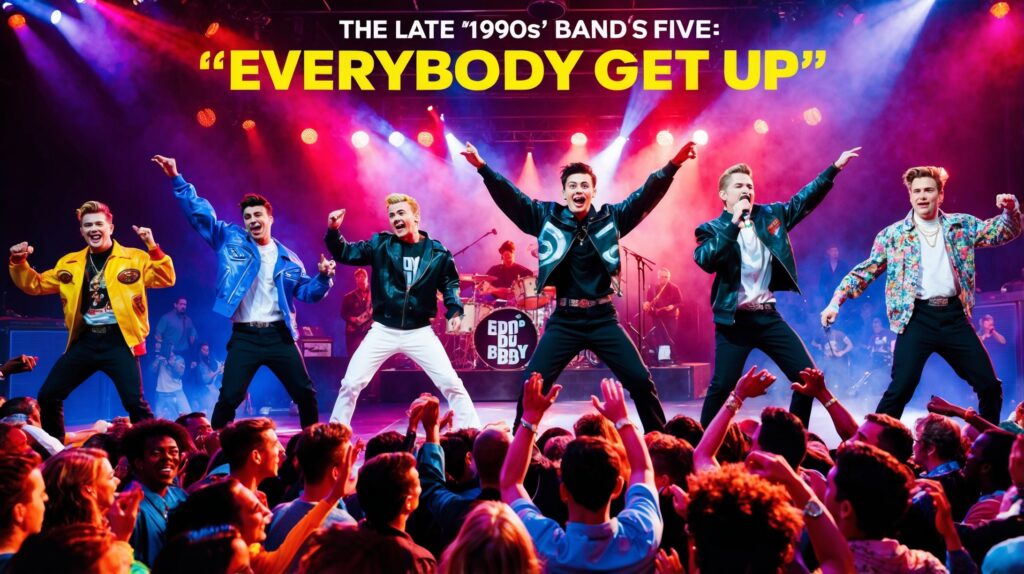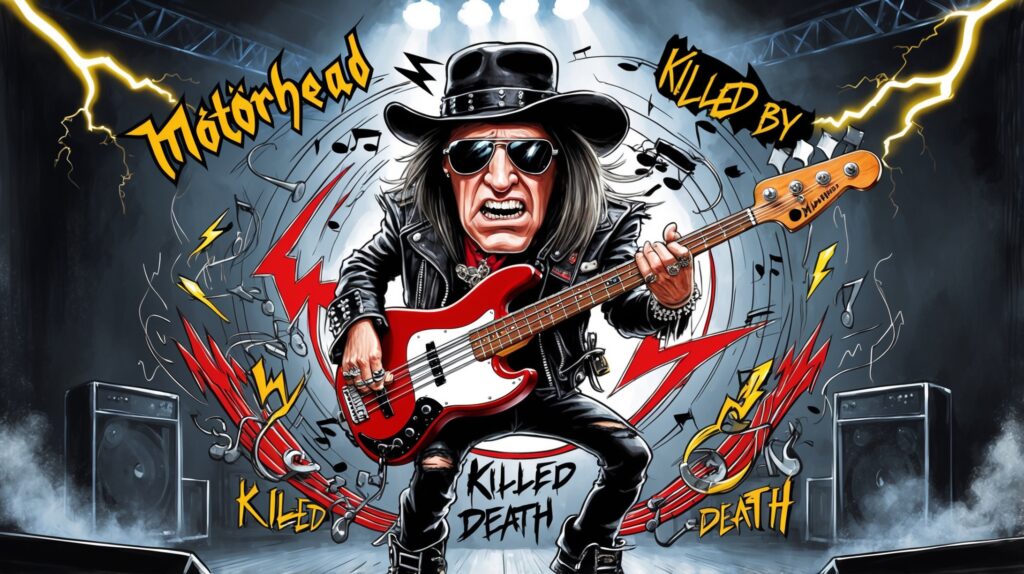🕺Time to groove with “A Fifth of Beethoven” by Walter Murphy & The Big Apple Band! 🎹 Did you know this funky ’76 hit samples Beethoven’s 5th Symphony? Classical tunes never felt so cool! 😎🎶 #DiscoFever #BeethovenGoesFunky #ThrowbackThursday #WalterMurphy Read about it: tinyurl.com/yrray23n
Dissecting the Genius of Walter Murphy & The Big Apple Band
Classical meets disco: Walter Murphy & The Big Apple Band’s timeless genius in “A Fifth of Beethoven.”
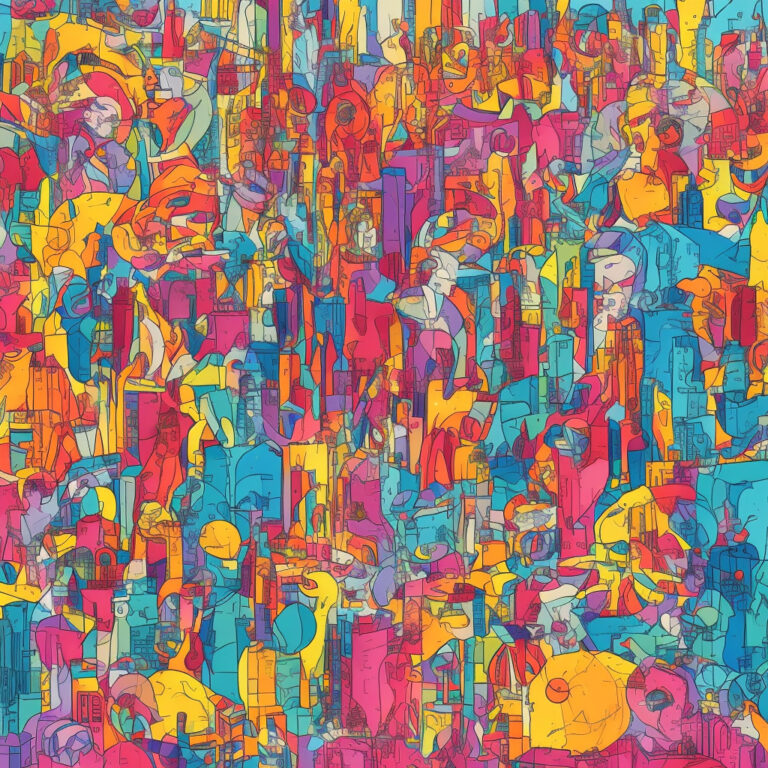
In the realm of disco, few artists have managed to forge an identity as distinct and enduring as Walter Murphy & The Big Apple Band. Despite being a relatively short-lived project, the musical masterminds behind the group made an indelible mark on the disco scene of the 1970s. In this article, we delve into the creative genius of this unique group, with a particular focus on their most iconic song, “A Fifth of Beethoven.”
Walter Murphy, the primary composer and arranger of the band, was a classically trained pianist who cut his teeth in the New York music scene. Leveraging his classical background, Murphy infused disco beats with classical melodies, creating a fusion that set him apart from his contemporaries. It was this innovative approach to music that gave rise to “A Fifth of Beethoven,” a disco adaptation of Ludwig van Beethoven’s renowned Symphony No. 5.
“A Fifth of Beethoven,” released in 1976 as the band’s debut single, became an instant hit, reaching No. 1 on the Billboard Hot 100 chart and earning a Grammy nomination for Best Instrumental Arrangement. Its success propelled the song to be featured in the iconic film “Saturday Night Fever” and cemented its place in the pantheon of disco classics.
While Walter Murphy was undoubtedly the driving force behind the group, his backing ensemble, The Big Apple Band, was essential in bringing his vision to life. They comprised of seasoned musicians who had been part of various popular bands during the ’70s. They provided the rhythmic foundation for Murphy’s arrangements, and their precise execution was instrumental in capturing the essence of both disco and classical music.
However, despite the ingenuity and immense success of “A Fifth of Beethoven,” Walter Murphy & The Big Apple Band struggled to replicate the same level of commercial success in their subsequent releases. The group disbanded, with Murphy continuing his career as a composer and arranger for film and television. Notwithstanding their brief stint, Walter Murphy & The Big Apple Band left a lasting legacy in the world of music.
In summary, Walter Murphy & The Big Apple Band’s unique fusion of classical and disco music resulted in one of the most memorable and iconic songs of the 1970s. While their time in the limelight may have been fleeting, the impact of their work continues to be felt in the music industry today, and “A Fifth of Beethoven” remains a testament to their innovative spirit and undeniable talent.
Striking the Right Chord on the Charts
From chart struggles to disco sensation, “A Fifth of Beethoven” strikes a harmonious blend of classical and contemporary, resonating across generations and continents.
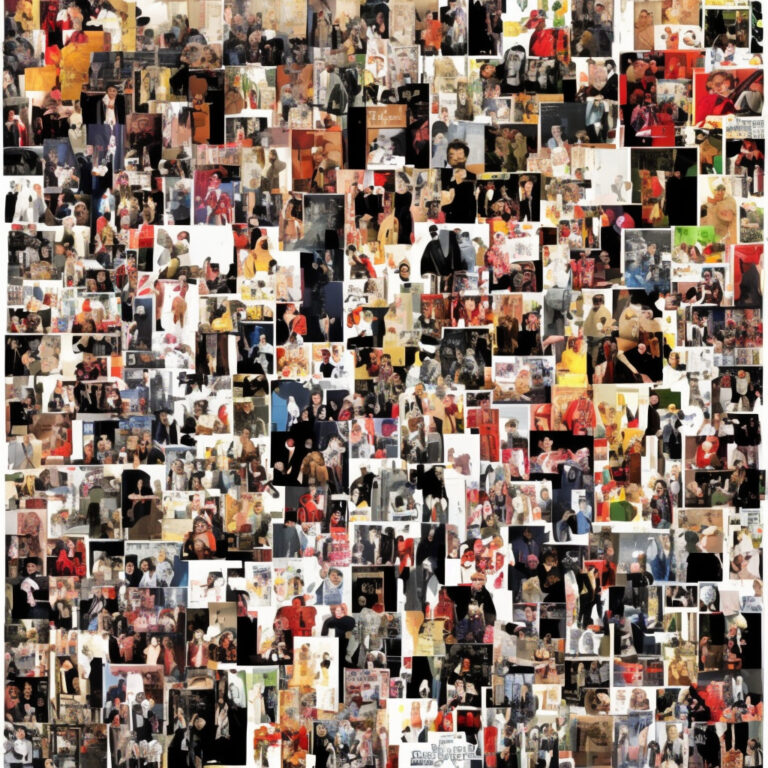
“A Fifth of Beethoven” was released on April 17, 1976, as a single under Private Stock Records. Initially, it struggled to make an impact on the music charts. However, the tides turned when it was included in the popular “Saturday Night Fever” soundtrack, propelling the song to chart success.
“A Fifth of Beethoven” first entered the Billboard Hot 100 on June 12, 1976, at position number 80. It steadily climbed the chart over the weeks, eventually reaching its peak position at number 1 on October 9, 1976. The song held onto the top spot for an impressive one week, solidifying its place in music history. Additionally, it spent a total of 25 weeks on the chart – a respectable feat for any song in that era.
The song also enjoyed international chart success, reaching number 6 in the United Kingdom, number 1 in Canada, and number 5 in Australia. This widespread appreciation helped the song gain platinum certification in the United States, further testament to its popularity.
Notably, “A Fifth of Beethoven” was one of the few instrumental tracks to achieve such chart success during the 1970s, and it contributed to the growing popularity of disco music. Its fusion of classical and contemporary sounds made it a unique and unforgettable tune that resonated with audiences across the globe.
In the years that followed, “A Fifth of Beethoven” made several reappearances on the charts. In 2007, it resurfaced on the UK Singles Chart, reaching number 59, and it has been featured in various commercials, films, and television shows, proving that the song’s infectious melody and innovative composition continue to strike a chord with listeners, even after four decades since its release.
The Intriguing Absence of Lyrics in a Musical Masterpiece
As we dive deep into the essence of Walter Murphy & The Big Apple Band’s “A Fifth of Beethoven,” it’s important to note that this song does not have any lyrics. One might wonder how a piece without lyrics can have a lasting impact on both music enthusiasts and casual listeners alike. To understand this, we must look beyond the lyrics and focus on the melody, which is a significant aspect of the song’s identity.
“A Fifth of Beethoven” samples and adapts the famous melody from Ludwig van Beethoven’s Symphony No. 5 in C minor, combining it with elements of disco music. This fusion of classical composition and contemporary dance beats was groundbreaking at the time of its release in the mid-1970s. Disco was at its peak, and Murphy’s arrangement introduced the listening public to a new way of appreciating classical music.
The absence of lyrics in this song allows the melody to take center stage, making it accessible to people from diverse backgrounds, regardless of their native language. As such, the melody itself becomes the universal language that connects people through shared emotions and experiences. This concept aligns with the spirit of the 1970s, a time when cultures were blending, and people were seeking new ways to express themselves.
Furthermore, “A Fifth of Beethoven” transcends the boundaries of time and space, as it represents a unique moment when classical and modern music intersected. The song was able to capture the essence of a bygone era while still remaining relevant to contemporary listeners. In a way, Walter Murphy & The Big Apple Band’s rendition can be seen as a testament to the enduring power of music, regardless of its origins or the presence of lyrics.
In conclusion, while “A Fifth of Beethoven” does not contain lyrics, its innovative marriage of classical and disco genres, coupled with its universally appealing melody, make it a timeless and influential piece that continues to resonate with audiences worldwide.
Disco Meets Classical: The Visual Treat
Disco-Classical Fusion: Fans breathe new life into “A Fifth of Beethoven” with nostalgic throwbacks and innovative visuals.
Although there is no official music video for “A Fifth of Beethoven” by Walter Murphy & The Big Apple Band, the song’s timeless charm and infectious groove have inspired numerous fan-made videos and tributes over the years. This iconic song, which mashes up Beethoven’s Fifth Symphony with a funky disco beat, was released in 1976 and became an instant hit, reaching No. 1 on the US Billboard Hot 100 chart. Its enduring popularity can be seen in the various creative interpretations showcased in these fan-made videos.
One popular fan video pays homage to the disco era by compiling vintage footage of dancers grooving to the beat in classic ’70s attire. This video captures the essence of the times, showcasing the fun and carefree attitude that the song evokes. The creator of this video expertly cuts and syncs the dance moves to match the rhythm, effectively transporting the viewer back to the days when disco ruled the dance floor.
Another noteworthy video takes a different approach by showcasing a beautifully choreographed contemporary dance routine performed to “A Fifth of Beethoven.” This interpretation highlights the song’s versatility, proving that it can inspire movement across a variety of dance styles. The dancers gracefully glide and leap across the stage, their movements perfectly in sync with the song’s infectious melody.
For those who appreciate a more visual approach, there’s a brilliantly executed animated video that transforms Beethoven’s famous portrait into a disco-loving character. This playful and imaginative video follows the animated Beethoven as he grooves to the music, his iconic scowl replaced by a mischievous grin. The video’s creator expertly combines classical and modern elements to highlight the fusion of musical styles present in the song.
“A Fifth of Beethoven” remains a beloved and frequently sampled track, and its continued relevance is evident in the variety of fan-made videos available on YouTube. These creative interpretations range from nostalgic throwbacks to innovative animations, each paying tribute to the enduring appeal of this disco-classical masterpiece. So, whether you’re a fan of disco, classical, or just a lover of music, there’s likely a “A Fifth of Beethoven” video out there that will resonate with you.
The Genius Behind “A Fifth of Beethoven”
Walter Murphy, the composer of the iconic tune “A Fifth of Beethoven,” has a rich history and an even richer discography. This prolific musician and composer started his career in the mid-1970s, after attending the prestigious Manhattan School of Music. His unique talent for blending classical music with contemporary styles led to the creation of his brainchild, Walter Murphy & The Big Apple Band.
Although “A Fifth of Beethoven” may be his most famous composition, Walter Murphy has produced an extensive array of masterful pieces throughout his career. One such notable composition is “Flight 76,” which is another brilliant fusion of classical and modern sounds, inspired by Rimsky-Korsakov’s famous “Flight of the Bumblebee.” Murphy’s adventurous approach to music has resulted in a legacy with lasting impact on the music world, as he continues to inspire artists with his innovative compositions.
A Symphony of Success and Influence
Disco meets Beethoven: A timeless fusion that conquered charts, graced film soundtracks, and inspired generations of creatives.
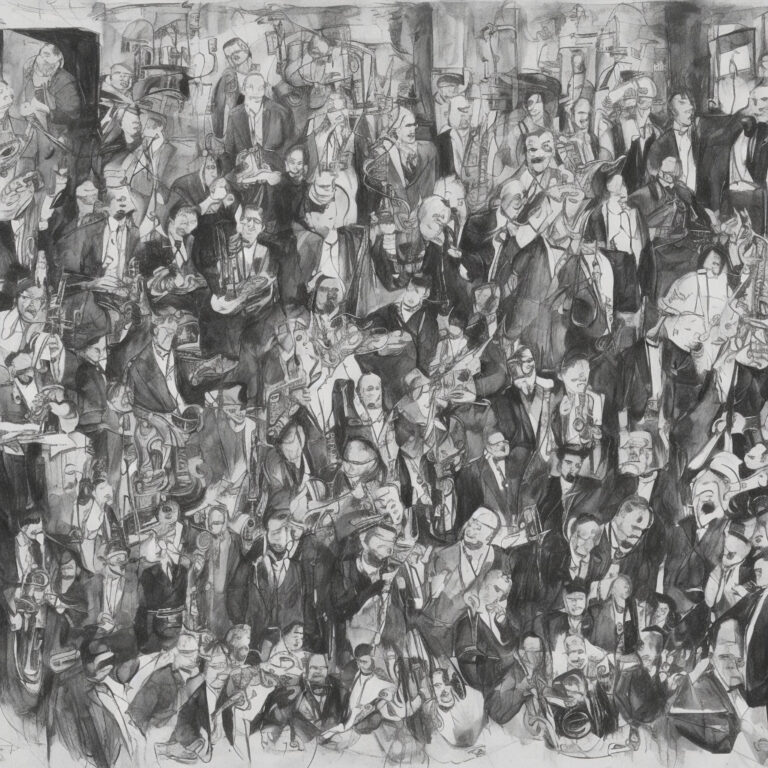
“A Fifth of Beethoven” by Walter Murphy & The Big Apple Band reached dizzying heights of success since its release in 1976. Apart from skyrocketing to the top spot on the Billboard Hot 100, this unique and innovative disco adaptation of Beethoven’s Symphony No. 5 cemented its place in the world of music with a Grammy nomination for Best Instrumental Composition in 1977. While the song did not win the award, it certainly left a lasting impression on musicians and listeners alike.
The disco-infused classical piece caught the attention of several blockbuster hits in the world of entertainment. Most notably, “A Fifth of Beethoven” was featured in the hit 1977 film “Saturday Night Fever” starring John Travolta. The song’s inclusion in the film’s soundtrack, which won a Grammy Award for Album of the Year, further propelled its popularity and secured its place in the annals of pop culture history. Television series such as “Supernatural” and “The Simpsons” have also paid homage to the track, using it in various episodes to evoke nostalgia and showcase the unmistakable tune.
Many artists and groups have been inspired by the groundbreaking fusion of classical and disco sounds in “A Fifth of Beethoven,” leading to several notable cover versions over the years. The Electric Light Orchestra, for instance, paid tribute to Walter Murphy’s masterpiece in their 1981 track “Roll Over Beethoven,” which combined elements of Beethoven’s Symphony No. 5 and Chuck Berry’s rock ‘n’ roll classic. Other reinterpretations include the 1983 cover by French electronic musician Bernard Szajner and a 2002 performance by The J.D.S. Connection, showcasing the song’s timeless appeal.
Video games have also celebrated the unique and infectious charm of “A Fifth of Beethoven.” The 1999 rhythm video game “Dance Dance Revolution 3rdMix” incorporated a cover version of the track, allowing players to groove along to the beats of Walter Murphy’s disco adaptation. The song’s inclusion in the game highlights its enduring influence on modern culture and the creative decisions of game developers.
As we continue to celebrate the lasting impact of “A Fifth of Beethoven,” it’s clear that Walter Murphy and The Big Apple Band’s ingenious creation has left its mark on the world of music and entertainment. With numerous awards, accolades, and appearances across various mediums, this disco-infused symphony continues to inspire and enchant audiences around the globe.
Dissecting the Genius of a Disco-Classic
Peeling back the layers of Walter Murphy & The Big Apple Band’s unforgettable track, “A Fifth of Beethoven,” reveals a complex and fascinating musical structure. The song is written in the key of C minor, which is known to evoke a sense of drama and emotional intensity. This choice of key lays the foundation for the energetic, danceable nature of the composition.
One of the most striking aspects of “A Fifth of Beethoven” is its chord progression, which is built around a recurring motif that is adapted from the opening theme of Beethoven’s Symphony No. 5. The chords follow a pattern of Cm-Gm/Bb-Cm, with occasional variations that include the use of other chords such as Fm and Abmaj7. This progression not only pays homage to the original classical masterpiece but also adds a distinctive disco flair to the track.
The tempo of “A Fifth of Beethoven” is another crucial element that contributes to its infectious energy. The song clocks in at a lively 110 beats per minute (BPM), which is a perfect tempo for dancing, as it allows for fluid movement without being too fast or too slow. This tempo, combined with the disco-style syncopated rhythm, gives the track its characteristic groove that keeps listeners tapping their feet and moving to the beat.
The instrumentation of the song is primarily driven by a combination of strings, horns, and keyboards, which provide both the melodic and harmonic foundations. The string section, in particular, plays a vital role in capturing the essence of Beethoven’s original work, while also adding a disco twist with its staccato articulation and energetic bowing techniques. The horns, on the other hand, punctuate the rhythm with accents and bursts of melody, giving the track a sense of excitement and flair.
In terms of arrangement, “A Fifth of Beethoven” showcases a brilliant fusion of classical and disco elements that seamlessly blend together to create a unique and memorable listening experience. The song’s structure follows a fairly standard pop format, consisting of verses, choruses, and a bridge, with each section building on the previous one to create a sense of forward momentum. The interplay between the different instruments and the recurring Beethoven motif combine to form a cohesive and intricately layered soundscape that manages to be both familiar and innovative at the same time.
In conclusion, the genius of “A Fifth of Beethoven” lies in its ability to take a timeless classical composition and re-imagine it for a new generation of music lovers, all while staying true to its roots. Through a masterful blend of musical elements such as key, chord progression, tempo, and instrumentation, Walter Murphy & The Big Apple Band have created a dancefloor anthem that remains as fresh and captivating today as it was when it first hit the airwaves.

